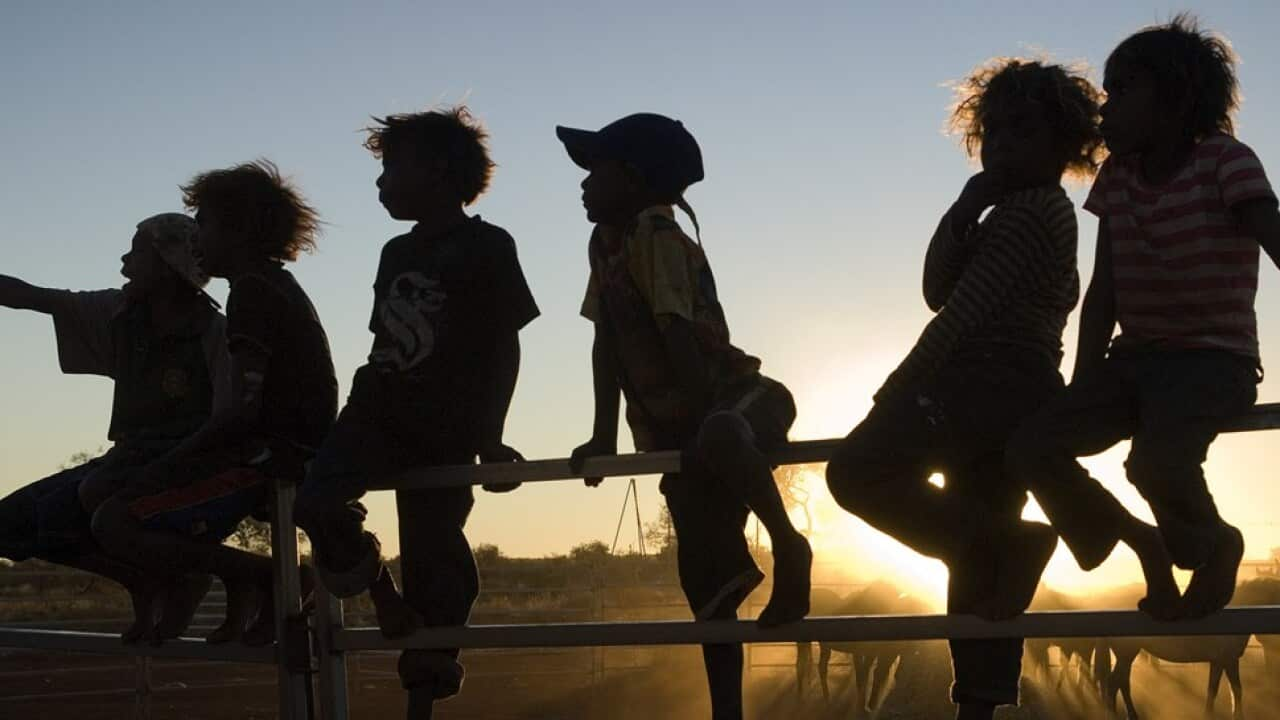Today marks National Close the Gap Day, a day that aims to raise awareness around health disparities between Indigenous and non-Indigenous people and calls on the government to create meaningful change.
Some people often get this day confused with "Closing the Gap".
"Closing the Gap" refers to the government initiatives that aim to address the gap between life outcomes of Indigenous and non-Indigenous people.
Even though the initiatives sound identical, and that they both have the same aim, there is an important difference between the two.
Close the Gap
The main difference between Close the Gap day and Closing the Gap is that one is community driven and that the latter is a government response.
Close the Gap is run by community organisations such as Indigenous health bodies and human rights organisations who champion Aboriginal and Torres Strait Islander self-determination over their own health.
In 2005, then Aboriginal and Torres Strait Islander Social Justice Commissioner Tom Calma called on the Government to take real action and commit to helping to achieve equal health and life expectancy outcomes for Indigenous people within 25 years.
In response to this, non-governmental organisations stood up first and helped to create a National Indigenous Health Equality Campaign, which in 2007 resulted in a National Close the Gap Day.
The aim of Close the Gap Day was to bring people together, to raise awareness and create meaningful change for Aboriginal and Torres Strait Islander communities by achieving Indigenous health equality by 2030.
Aboriginal and Torres Strait Islander peoples have proved to thrive when they give the solutions regarding the outcomes of their people.
Working in partnership with Aboriginal and Torres Strait Islander people is one of the critical success factors of Close the Gap.
Closing The Gap
On the other hand, Closing the Gap refers to the targets set by the government that aim to improve the lives of Aboriginal and Torres Strait Islander peoples.
In 2008 - a year after National Close the Gap day was established - Rudd's government announced the "Closing the Gap" initiative.
Initially, six targets were set. Those targets were around life expectancy, mortality rates, early childhood education in remote communities, literacy and numeracy, educational attainment and employment.
As of this year, we've seen the six targets grow to nineteen.
It remains that just five out of the nineteen targets are on track.
Some of those targets outlined in 2008 have still not been met today.
Why is it important to know the difference between the two?
Close the Gap Day and Closing the Gap work towards the same outcomes but with different approaches.
The Closing the Gap government report comes out earlier in the year in February. National Close the Gap Day is held on the third Thursday of March each year.
The importance in knowing the difference in each of these is there is strong evidence that the objectives of the Closing the Gap run by the government continue to fall short.
The importance of continuing National Close the Gap to raise awareness and lobby the government is clear.
The government is not on target to close the gap in life expectancy within a generation by 2031.
And when it comes to mob's mental health, the target around a significant and sustained reduction in suicide of Aboriginal and Torres Strait Islander people is also not on track.
Close the Gap and Closing the Gap are two sides of the same coin; one is the non-government push for increased action and the other is the government's response to this.

